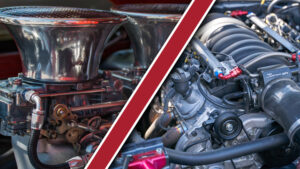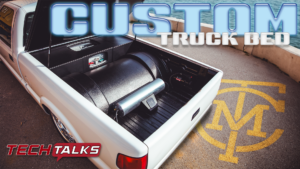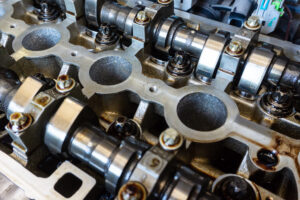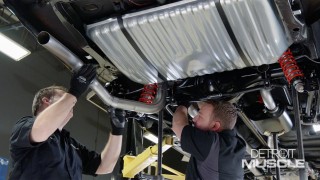Different Types Of Soldering Joints
A few episodes back we covered types and functions of soldering irons and today we’re doing a demonstration using the butane setup that may interest you if you’re doing some wiring.
But first, we need to touch on the cutters. Cutters have different diameter holes for different gauges of wire. If you use too small of a hole, you’re going to gouge into the wire and cut some of the strands.
The first joint example is called a pigtail. It’s pretty simple being that you take two of the wires to cross them and twist them together before soldering them. Take your hot iron and touch it to the bottom of the wire, let it get up to temperature, and toucht the solder to it to melt it into place. What you don’t want to do is touch the solder to the iron and burn it in that way because that will create a cold joint and create a failure.
The next option involves meshing the two wires together. You’ll want to push them together, twist them around and then continue to solder.
The third option is similar except you don’t have to mesh the wires together but you do have to cut the insulation back a bit farther. Put the wires together about midway, twist one side, and then use a micro-torch to solder them together.
Want to read more articles like this?
Join the PowerNation Email NewsletterRead More from PowerNation
Video Player is loading.
Current Time 0:00
/
Duration 0:00
Loaded: 0%
0:00
Stream Type LIVE
Remaining Time -0:00
1x
- Chapters
- descriptions off, selected
- captions off, selected
This is a modal window.









